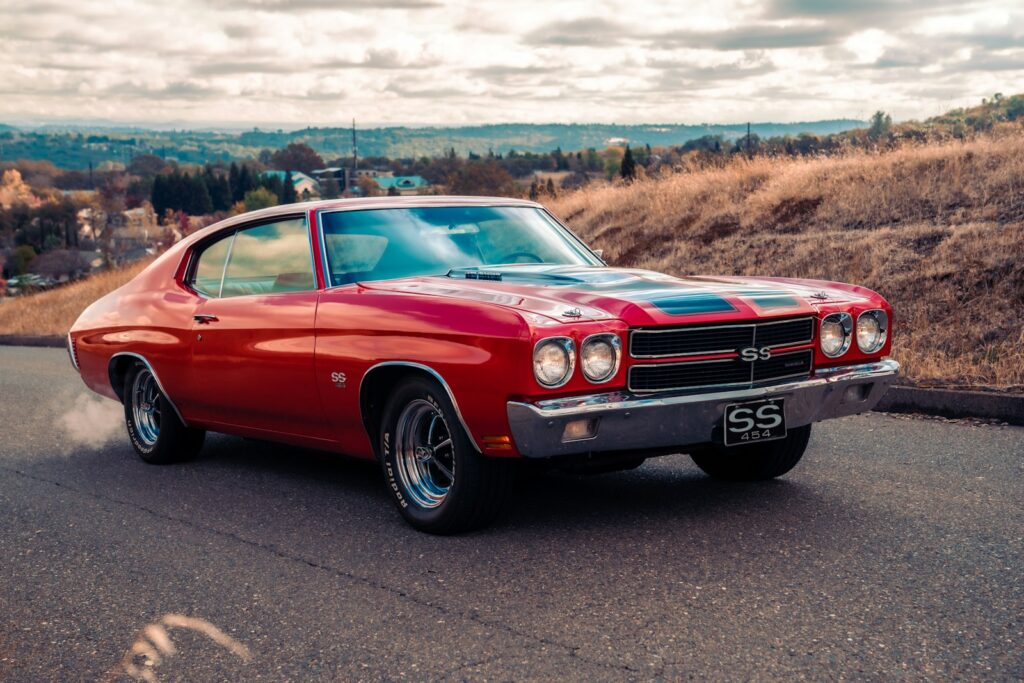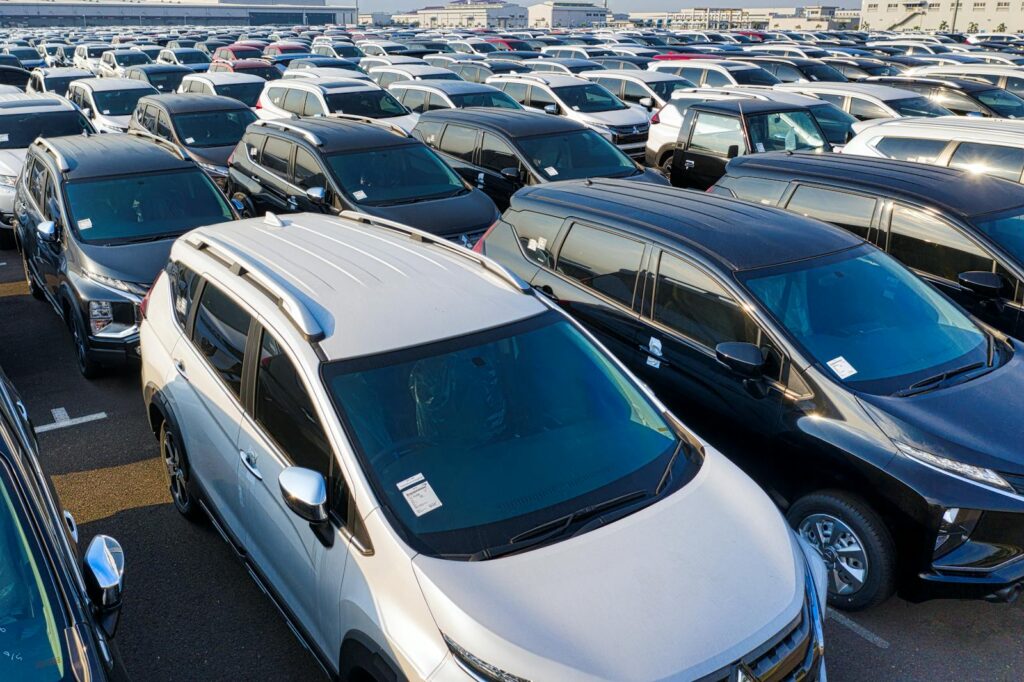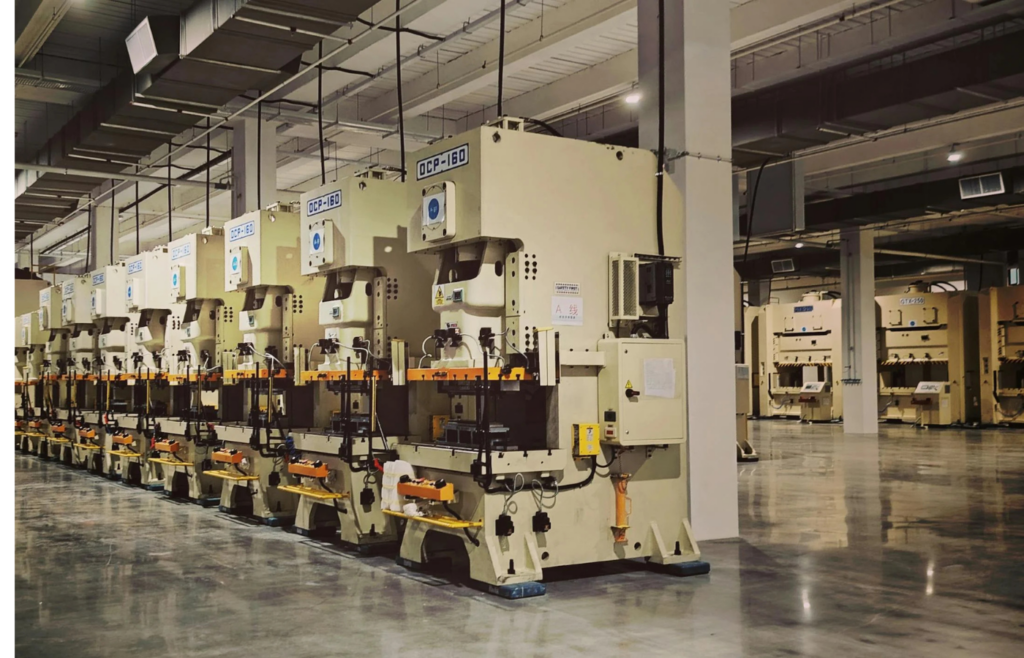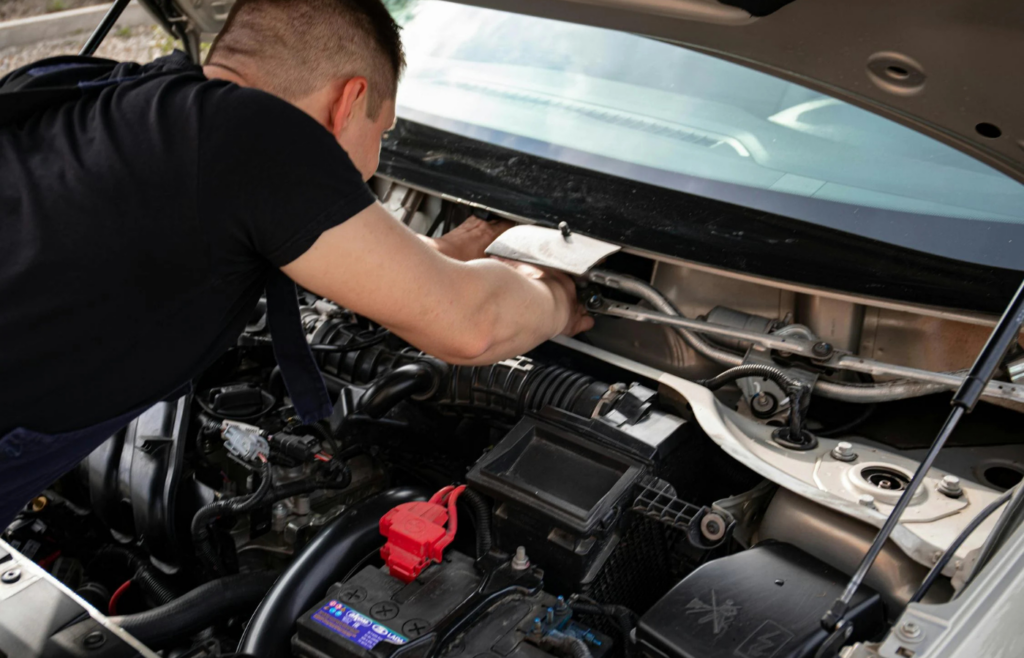Electric vehicles are getting all the buzz. They’re cleaner, quieter, and tech-packed—but that doesn’t mean gas-powered cars are done for. In fact, there are a lot of reasons they might stick around longer than people think.
From infrastructure gaps to emotional attachment, gas cars still have a grip on drivers worldwide. Here are 10 reasons why gas vehicles may never fully disappear.
1. Infrastructure Still Favors Gas

EV charging networks are growing fast—but gas stations are everywhere. Refueling a gas car takes minutes, not hours, and you can do it in the middle of nowhere.
Until chargers are as common and fast as gas pumps, internal combustion engines will remain the more convenient choice for many.
2. Long Road Trips Still Favor Gas

EV range is improving, but for long-haul drivers, range anxiety is still a real thing. Cross-country road trips? Towing a trailer through rural areas? Gas makes it simple.
The ability to refuel quickly and drive 400–500 miles on a single tank still gives gas cars an edge for distance and flexibility.
3. Classic Car Culture Isn’t Going Anywhere

People love classic cars. From Mustangs to old Camaros, gas-powered classics are part of automotive culture. They’re not just vehicles—they’re passion projects.
Restorers, collectors, and enthusiasts will keep gas cars alive for decades. These cars represent history, craftsmanship, and nostalgia that EVs can’t replace.
4. Gas Cars Are Cheaper Up Front

EVs are getting more affordable, but many gas cars still cost less to buy—especially in the used market. That matters for budget-conscious drivers or first-time buyers.
Until EVs reach true price parity across all markets, gas cars will remain the go-to for people who need transportation now without the higher sticker price.
5. The Used Market Is Dominated by Gas

Most of the used car market is still made up of gas-powered vehicles. For people who need a reliable ride for a few thousand dollars, gas is usually the only option.
That means gas cars will stay on the road for years, even as new EVs roll out. It’ll take time—maybe decades—for the used EV market to catch up.
6. Some Jobs Require Gas Power

Construction, agriculture, and towing often demand power, range, and refueling speed that EVs can’t yet deliver. Gas trucks and SUVs still dominate those spaces.
Until electric work vehicles become more affordable and durable, gas-powered rigs will keep doing the heavy lifting.
7. Developing Countries Still Rely on Gas

In many parts of the world, EV infrastructure is minimal or nonexistent. Gas cars remain the only realistic option for millions of people.
And because used gas cars from wealthier countries often get exported to these regions, they’ll remain in circulation globally for decades.
8. EV Battery Production Has Limits

Lithium, cobalt, and other minerals needed for EV batteries aren’t unlimited. Mining and refining them at scale is expensive and resource-intensive.
Until the industry solves supply chain and environmental concerns around battery production, there may not be enough materials to replace every gas car.
Read More: The Unexpected Costs of Owning an Electric Car in 2025
9. Gas Cars Are Easier to DIY and Repair

For mechanics and tinkerers, gas cars are familiar and fixable. No software updates, no proprietary EV systems—just nuts, bolts, and engines.
That DIY simplicity makes gas cars more appealing in areas without access to EV-certified shops or tools. Plus, it keeps repair costs down for older vehicles.
Read More: 10 Trucks So Tough They Might Outlive You
10. Personal Preference Still Matters

For some people, gas cars just feel better. They like the roar of the engine, the shifting of gears, the whole visceral experience.
Driving isn’t just about getting from A to B—it’s about the thrill, the control, the personality of the car. For these drivers, gas isn’t going down without a fight.
EVs are the future—but gas cars are far from extinct. They’re woven into the global economy, everyday routines, and the hearts of millions of drivers. So while electric might take the lead, gas will likely stay in the race for years to come.
Read More: 10 Wild (But Realistic) Predictions for the Next 50 Years of Automotive Tech

